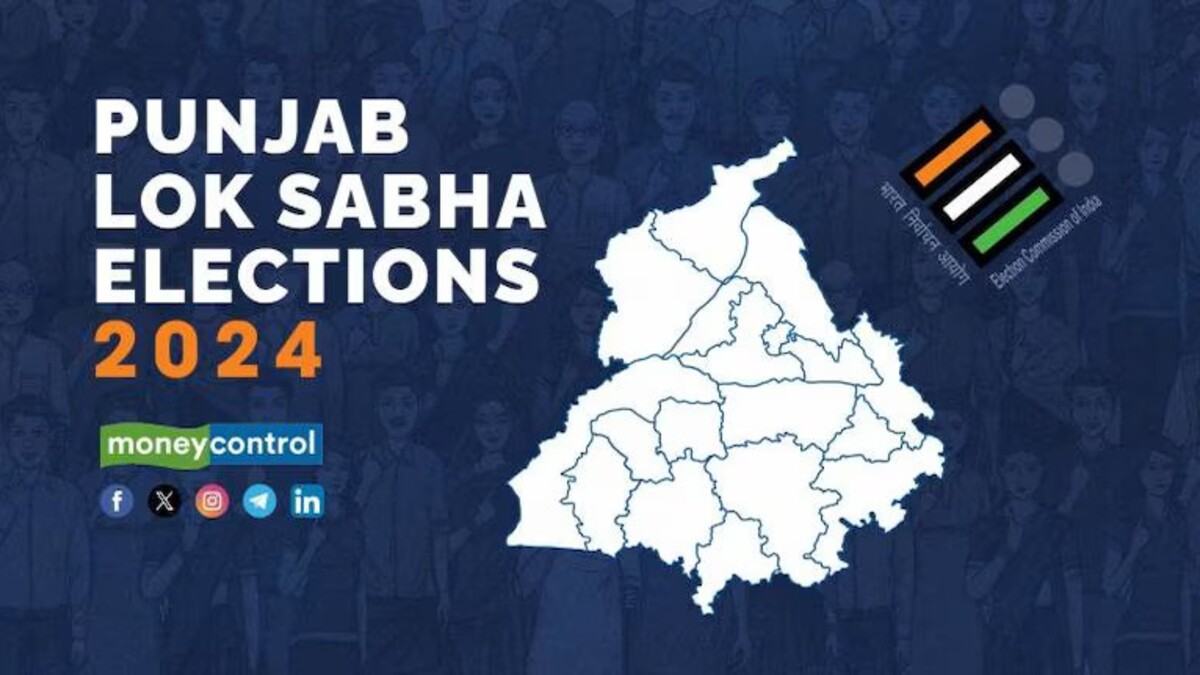The Lok Sabha elections in Punjab will take place in a single phase on June 1, 2024. Punjab has 13 Lok Sabha constituencies.
With 24,433 polling stations throughout the state, Punjab has approximately 2,12,71,246 eligible voters, including 1,11,92,959 males, 1,00,77,543 females, and 744 transgenders. The Indian National Congress-led United Progressive Alliance won eight out of thirteen seats in the 2019 elections, including Ludhiana, Anandpur Sahib, Patiala, Fatehgarh Sahib, Faridkot, Amritsar, Khadoor Sahib, and Jalandhar, with a massive 40.12% vote share.
Shirmoni Akali Dal and Bhartiya Janata Party fought together in the National Democratic Alliance, winning two seats each. The Shiromani Akali Dal (SAD) won Bathinda and Ferozepur, while the BJP secured Hoshiarpur (Doaba) and Gurdaspur (Majha) seats. They received 37.08 percent of the vote, followed by SAD with 27.76 percent and the BJP with 9.63 percent. The Aam Aadmi Party, which fielded candidates for all 13 seats, could only win Sangrur. In the 2023 by-election, the AAP took the Jalandhar seat from the Congress. Despite their alliance in Delhi, the AAP has decided to fight alone in Punjab this year, while the SAD is waiting and watching.
Punjab is broadly divided into three regions: Malwa, Majha, and Doaba. While the Malwa region extends beyond the Sutlej river, the Doaba region lies between the Beas and Sutlej rivers, and Majha lies between the Ravi and Beas rivers.
In the parliamentary elections, the Malwa region includes eight seats: Ludhiana, Bathinda, Ferozepur, Faridkot (SC), Fatehgarh Sahib (SC), Patiala, Anandpur Sahib, and Sangrur.
The Doaba region includes two seats: Hoshairpur (SC) and Jalandhar (SC). The Majha Region.

